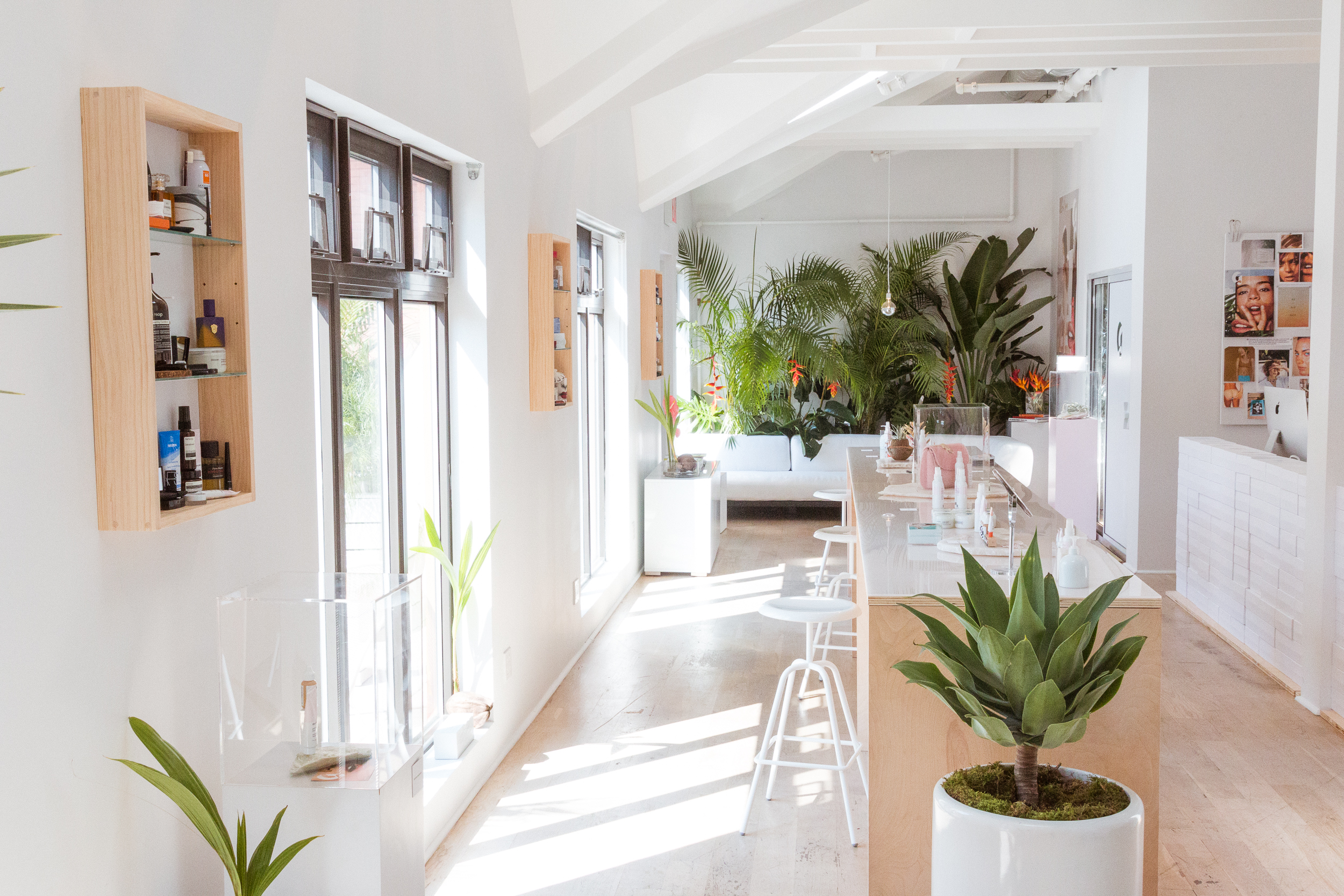PERSONALIZATION IS KEY FOR RETAILERS AND E-COMMERCE ALIKE
©Glossier
Call it the brick-and-mortar versus e-commerce problem. However, merging the two offers an opportunity to create a truly personalised experience both online and offline, which is why personalization is a top priority for organizations in 2018. Research shows that nearly three out of four consumers responding to personalized offers, recommendations or experiences.
Stores like Nordstrom excel at “white-glove service.” Its staff may recognize your face and even greet you by name as they direct you throughout the store. However, they probably don’t know what you bought last month or what’s still sitting in your online shopping cart. On the other hand, sites like Amazon, on the other hand, know an enormous amount about your shopping habits, but it’s hard to get the human touch from an algorithm. The best you can hope for are recommendations for new products based on those you’ve already purchased.
The definition of personalization is rapidly shifting away from recommendations and toward individualization, says Brendan Witcher, principal analyst for ebusiness and channel strategy at Forrester Research. “Online personalization is really about content, while in-store personalization is about the customer journey,” he says. “It is no longer about product recommendations, it is about creating an experience that is more relevant for consumers, either within the store environment or afterwards.” Instead of creating journeys, retailers must enable the customer and make it easier for him to find what they want.
While true personalization is still in its infancy, there are glimmers of change on the horizon. For example, Glossier has begun to roll out a point-of-sale system inside its SoHo showroom in New York City that will merge customers’ online and offline data. Brands need to merge the data-rich universe of online commerce with the high-touch world of brick and mortar to provide a true one-to-one experience.
